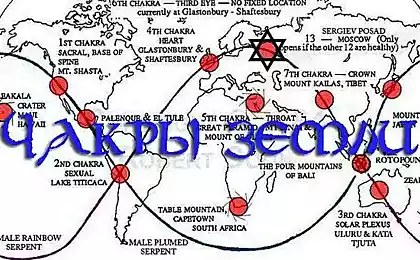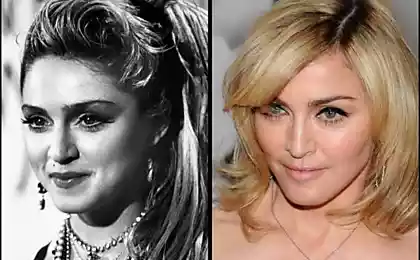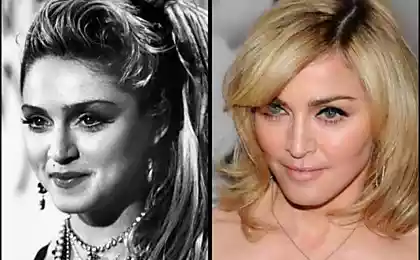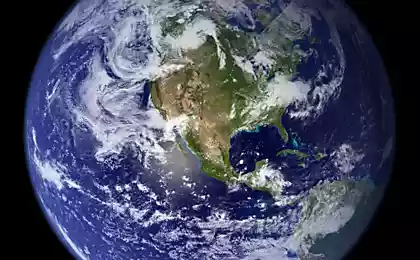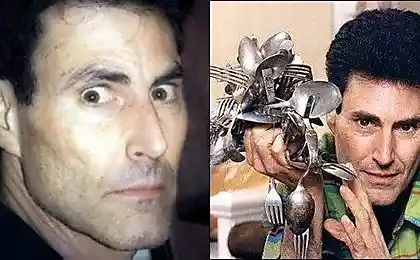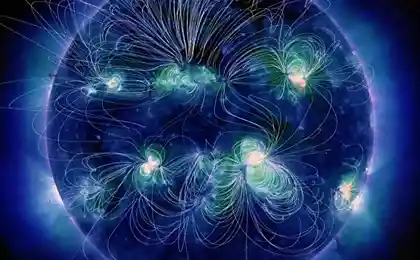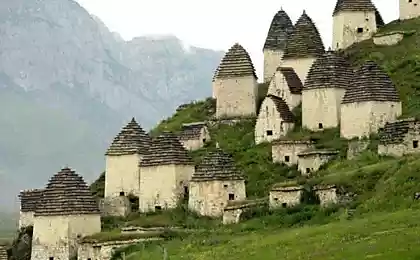1618
What is the end of the earth
In the Great Australian Bight in South Australia is a vast and empty plain Nullarbor - a real end of the world. It is the world's largest single piece of limestone, covering an area of 270,000 square kilometers It stretches 1,000 km from east to west. Plain flat surface so that at 483 km here stretches straight line Transavstraliyskoy railway. Plain ends abruptly Bund cliffs that form an open length of 200 km, curving around the Great Australian Bight.
Bund cliffs form the southern end of the Nullarbor Plain, which stretches further. White base near the bottom of the cliffs - a limestone Wilson Bluff.

This chalk-like material formed on an ancient seabed, when Australia began to separate from Antarctica 65 million years ago. The thickness of this limestone formation is 300 meters, but on the cliffs can be seen only the top layer.

Above this limestone layer is whitish, gray and brown layers of limestone and crystalline rock. Some layers encompass marine resources, including worms and molluscs, indicating that they are of marine origin. Other layers consist exclusively of sea (foraminifera). Crowned rocks solidified layer inflated wind-blown sand between the ages of 1, 6 million to 100 000 years.
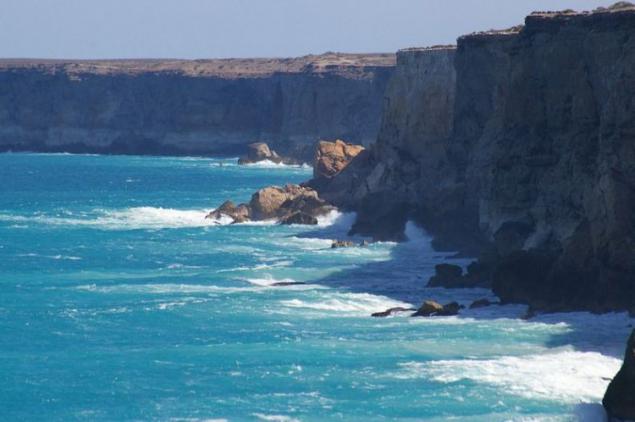
Cliffs reach 60-120 meters in height, and look at them, you can from several points on the highway Eyre. Although it is best to look at them, of course, from the air.
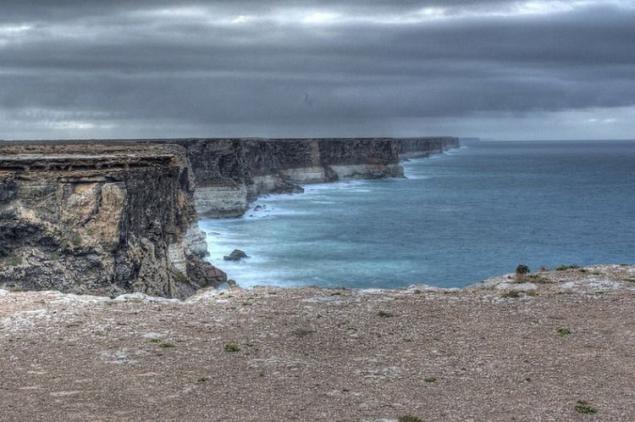
Eyre Highway - the main east-west road in Australia - follows the line of the stunning coastline of less than a kilometer from the edge.

The highway was named in honor of Edward John Eyre, who, along with John Baxter and three natives tried to reach Albany in Western Australia via the Nullarbor Plain. Due to lack of water and harsh conditions there was a mutiny, and two native killed John Baxter and fled.
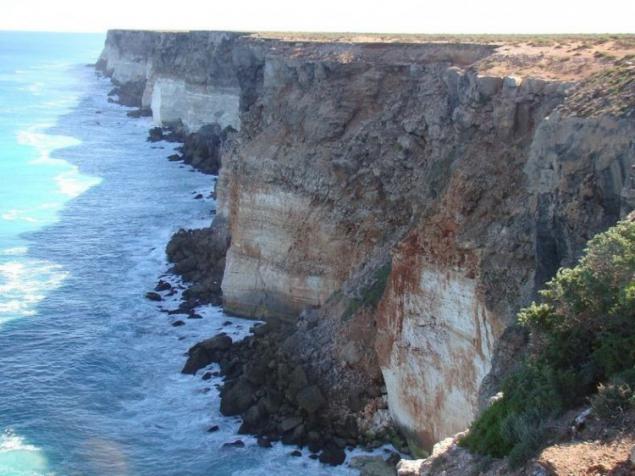
Air and third native continued his journey and completed it in June 1841. Eyre Highway paved exactly one hundred years later - in 1941.
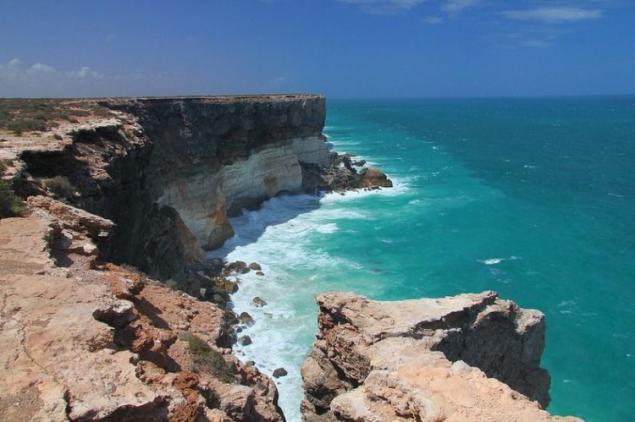
At a distance of 85 km along the highway is five major vantage points from which excellent views of the cliffs.

West Point is the most popular because tourists can stroll through the rock protruding from the cliffs, and enjoy the stunning views.
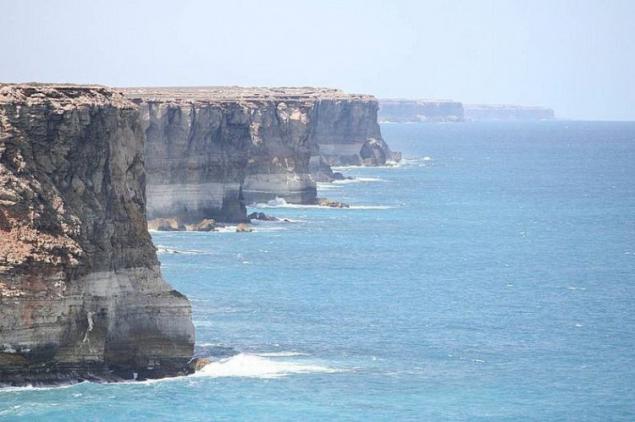
At the eastern end of the cliffs there is another place where you can spend hours watching the southern smooth whales that frolic in the ocean bottom.

Southern right whales migrate here in the fall to give birth in the coastal water along the South Australian coast, and then remain here until their babies will not gain the desired weight.
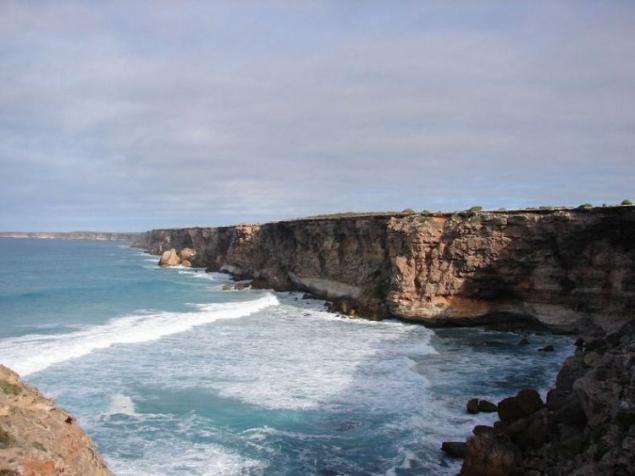
Bund cliffs form the southern end of the Nullarbor Plain, which stretches further. White base near the bottom of the cliffs - a limestone Wilson Bluff.

This chalk-like material formed on an ancient seabed, when Australia began to separate from Antarctica 65 million years ago. The thickness of this limestone formation is 300 meters, but on the cliffs can be seen only the top layer.

Above this limestone layer is whitish, gray and brown layers of limestone and crystalline rock. Some layers encompass marine resources, including worms and molluscs, indicating that they are of marine origin. Other layers consist exclusively of sea (foraminifera). Crowned rocks solidified layer inflated wind-blown sand between the ages of 1, 6 million to 100 000 years.

Cliffs reach 60-120 meters in height, and look at them, you can from several points on the highway Eyre. Although it is best to look at them, of course, from the air.

Eyre Highway - the main east-west road in Australia - follows the line of the stunning coastline of less than a kilometer from the edge.

The highway was named in honor of Edward John Eyre, who, along with John Baxter and three natives tried to reach Albany in Western Australia via the Nullarbor Plain. Due to lack of water and harsh conditions there was a mutiny, and two native killed John Baxter and fled.

Air and third native continued his journey and completed it in June 1841. Eyre Highway paved exactly one hundred years later - in 1941.

At a distance of 85 km along the highway is five major vantage points from which excellent views of the cliffs.

West Point is the most popular because tourists can stroll through the rock protruding from the cliffs, and enjoy the stunning views.

At the eastern end of the cliffs there is another place where you can spend hours watching the southern smooth whales that frolic in the ocean bottom.

Southern right whales migrate here in the fall to give birth in the coastal water along the South Australian coast, and then remain here until their babies will not gain the desired weight.

